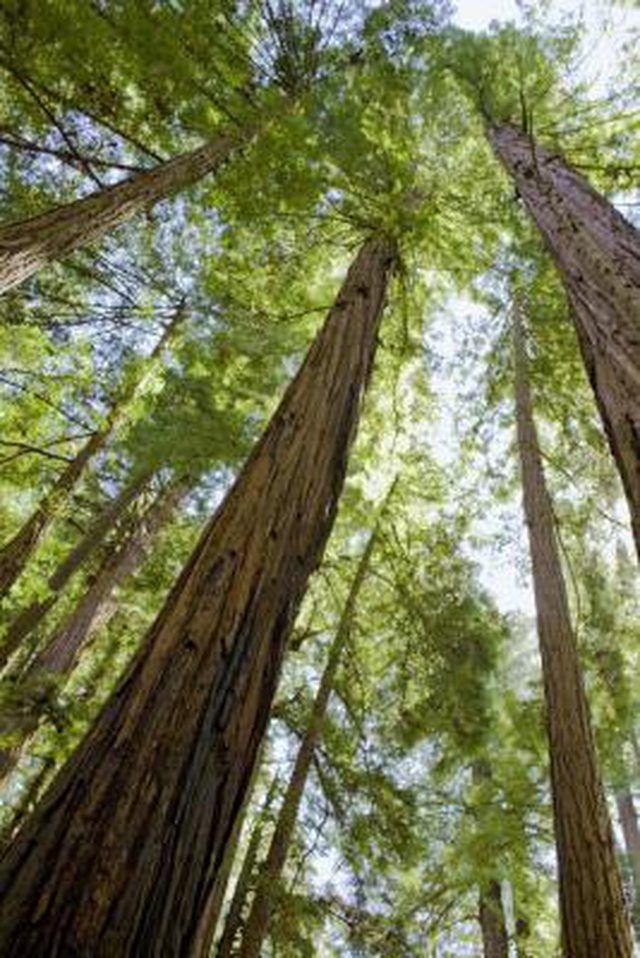Bulbs
Flower Basics
Flower Beds & Specialty Gardens
Flower Garden
Garden Furniture
Garden Gnomes
Garden Seeds
Garden Sheds
Garden Statues
Garden Tools & Supplies
Gardening Basics
Green & Organic
Groundcovers & Vines
Growing Annuals
Growing Basil
Growing Beans
Growing Berries
Growing Blueberries
Growing Cactus
Growing Corn
Growing Cotton
Growing Edibles
Growing Flowers
Growing Garlic
Growing Grapes
Growing Grass
Growing Herbs
Growing Jasmine
Growing Mint
Growing Mushrooms
Orchids
Growing Peanuts
Growing Perennials
Growing Plants
Growing Rosemary
Growing Roses
Growing Strawberries
Growing Sunflowers
Growing Thyme
Growing Tomatoes
Growing Tulips
Growing Vegetables
Herb Basics
Herb Garden
Indoor Growing
Landscaping Basics
Landscaping Patios
Landscaping Plants
Landscaping Shrubs
Landscaping Trees
Landscaping Walks & Pathways
Lawn Basics
Lawn Maintenance
Lawn Mowers
Lawn Ornaments
Lawn Planting
Lawn Tools
Outdoor Growing
Overall Landscape Planning
Pests, Weeds & Problems
Plant Basics
Rock Garden
Rose Garden
Shrubs
Soil
Specialty Gardens
Trees
Vegetable Garden
Yard Maintenance
The Life Cycle of a Conifer Plant
The Life Cycle of a Conifer Plant. Conifers are predominantly trees, with needles or scale-like leaves, and range from very small species to the tallest trees on Earth -- redwoods, which exceed 300 feet in height. These plants grow scaled cones to reproduce.

Conifers are predominantly trees, with needles or scale-like leaves, and range from very small species to the tallest trees on Earth -- redwoods, which exceed 300 feet in height. These plants grow scaled cones to reproduce.
Germination
The life cycle begins with a seed. Most conifer seeds possess a wing that carries the seed through the air to the ground. When the seed contacts the soil, the embryo inside germinates and sprouts.
Growth
Initially, the embryo grows using starches stored in the seed. Eventually, it sends out roots to obtain water and nutrients and a stem with leaves, becoming a seedling.
Maturity
The seedling continues to grow, putting out more branches, leaves and roots. Once mature, it reproduces, growing cones made of overlapping scales.
Reproduction
Male cones generate pollen, from sex organs called microsporangium. Female cones produce ovules within their scales. The ovules contain mother cells called megaspores.
Fertilization
The megaspores form a megalogametophyte with an archegonium containing an egg cell. When pollen contacts the ovule, male reproductive cells fertilize the egg, which grows into an embryo. The megalogametophyte and embryo become a seed.
Seed Distribution
When the seeds mature, the female cone opens. Wind and gravity carry them away. If conditions are right, the seeds germinate to restart the life cycle.